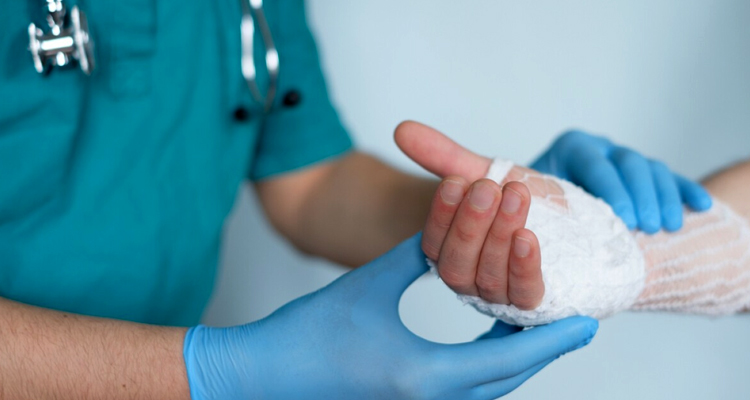
Reimplantation Surgery for Finger & Upper Limb
Reimplantation surgery, also known as replantation surgery, is a complex surgical procedure performed to reattach a severed or traumatically amputated finger, hand, arm, or other upper limb part. The goal of reimplantation surgery is to restore function, sensation, and aesthetics to the affected limb. This type of surgery requires a highly skilled surgical team, including plastic surgeons, orthopedic surgeons, vascular surgeons, and microsurgeons.
The process of reimplantation surgery typically involves several key steps:
-
Assessment and Preparation: The patient undergoes a thorough evaluation to assess the extent of the injury, the condition of the amputated limb, and the feasibility of reattachment. Imaging studies, such as X-rays and angiography, may be performed to assess bone, soft tissue, and blood vessel damage.
-
Amputation Site Preparation: If necessary, the amputated limb is carefully prepared at the surgical site to ensure clean and viable tissue for reattachment. This may involve debridement of damaged tissue and bone to create healthy wound margins.
-
Reattachment: The severed limb is meticulously reattached to the remaining stump using microsurgical techniques. Small blood vessels, nerves, tendons, and bones are carefully aligned and sutured together under magnification using specialized instruments.
-
Vascular Repair: Restoring blood flow to the reattached limb is critical for its survival. Microvascular anastomoses, where tiny blood vessels are connected, are performed to reestablish blood circulation to the replanted tissues.
-
Tendon Repair: If tendons were severed, they are repaired to restore function and movement to the affected limb. This may involve suturing or grafting techniques to repair or reconstruct damaged tendons.
-
Nerve Repair: Nerve repair is essential for restoring sensation and motor function to the replanted limb. Nerves may be reconnected using microsurgical techniques to promote nerve regeneration and recovery of sensory and motor function.
-
Soft Tissue Closure: Once the reattachment and repair procedures are completed, the surgical incisions are closed with sutures, and the wound is carefully dressed to promote healing.
Recovery from reimplantation surgery can be lengthy and may involve extensive rehabilitation to regain strength, mobility, and function in the replanted limb. Physical therapy, occupational therapy, and other rehabilitative interventions are often recommended to optimize outcomes and help the patient adapt to the changes in their hand or upper limb function.
Success rates for reimplantation surgery vary depending on factors such as the severity of the injury, the time elapsed since the injury occurred, and the patient's overall health. Early intervention and prompt surgical management are crucial for maximizing the chances of successful limb reattachment and functional recovery.
Book Appointment